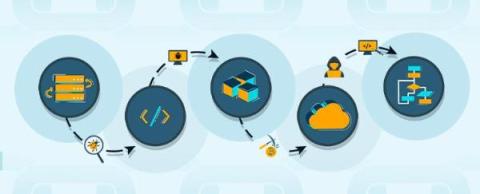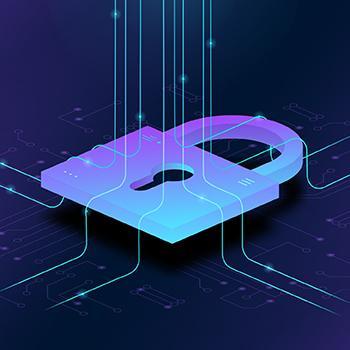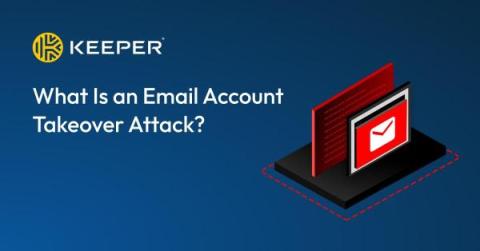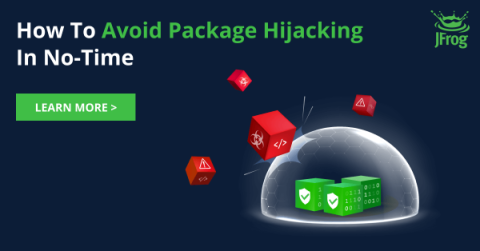Security | Threat Detection | Cyberattacks | DevSecOps | Compliance
Cyberattacks
Cyber Crime Surge: Unmasking Employee Collusion and Modular Attack Chains || Razorthorn Security
Protecting your SDLC from a supply chain attack
Did you know that nine out of 10 companies detected software supply chain risks in the past 12 months? The increase in the number of dependencies in a supply chain has extended the attack surface for adversaries. It has also caused threat actors to shift their focus from the downstream chain affecting just end users to the upstream chain affecting vendors, customers, and end users alike.
The risk behind QR codes, how to protect your business against quishing attacks
Cybercriminals are increasingly using QR codes in their phishing campaigns to trick users and obtain their email account information, credentials, or sensitive data. This tactic to obtain credentials known as quishing, or QR code phishing, was first observed at scale in May of this year, when a group of cybercriminals spoofed Microsoft security alerts asking employees across multiple industries to scan a QR code to update their account security settings.
The Effectiveness of Cybersecurity Awareness Training
A recent article from The Hacker News highlights the challenges and significance of cybersecurity awareness training within organizations. As companies budget for 2024, many are allocating funds for employee security awareness training. However, the effectiveness of such training has come into question, given the behaviors in the workplace including phishing attacks and social engineering.
Unique Malware Used in Cyber Attacks Increases by 70% in Just One Quarter
As more cybercriminal gangs continue to enter the game, the massive increase in unique types of malware means it will become increasingly difficult to identify and stop attacks. Blackberry just put out their Global Threat Intelligence Report in November, covering June through August of this year. According to the report, the number of attacks identified and stopped in the three-month period covered equates to an average of 26 attacks per minute.
SLP Denial of Service Amplification - Attacks are ongoing and rising
What Is an Email Account Takeover Attack?
An email account takeover is a type of account takeover attack in which a cybercriminal gains unauthorized access to a user’s email account. Cybercriminals can gain access by stealing your email’s login credentials or finding them on the dark web. When a cybercriminal has gained access to your email account, they can lock you out of your account, monitor your activity, access your sensitive information, take over other accounts and impersonate you.
Detect & Recover From VM Encryption Attacks With Rubrik
N-Day Hijack: Analyzing the lifespan of package hijacking attacks
Software package hijacking has become a prominent concern for individuals, businesses, and the cybersecurity community at large. We’ve seen this new threat trend rise over the past couple of years, with the potential to severely impact the software supply chain by attackers exploiting software packages to execute malicious code. This blog post details a case study conducted by our security research team, in an effort to trace the typical time before a package hijack is detected.











